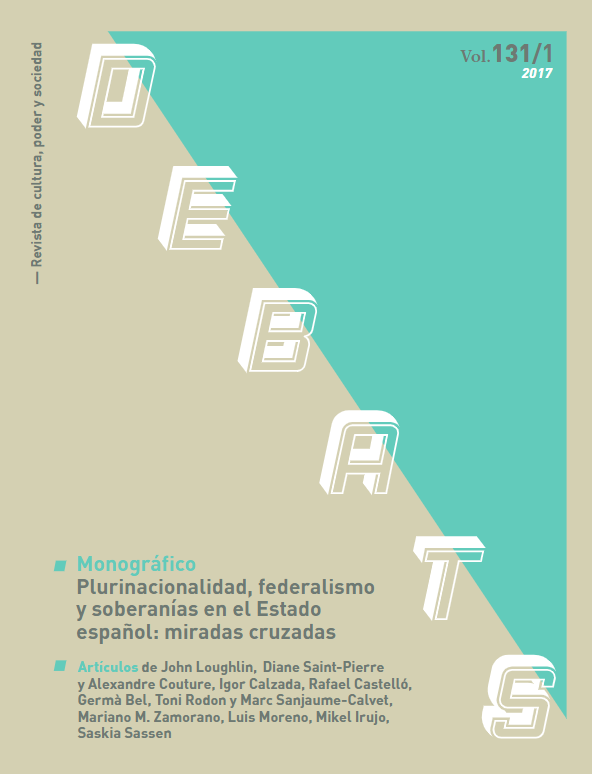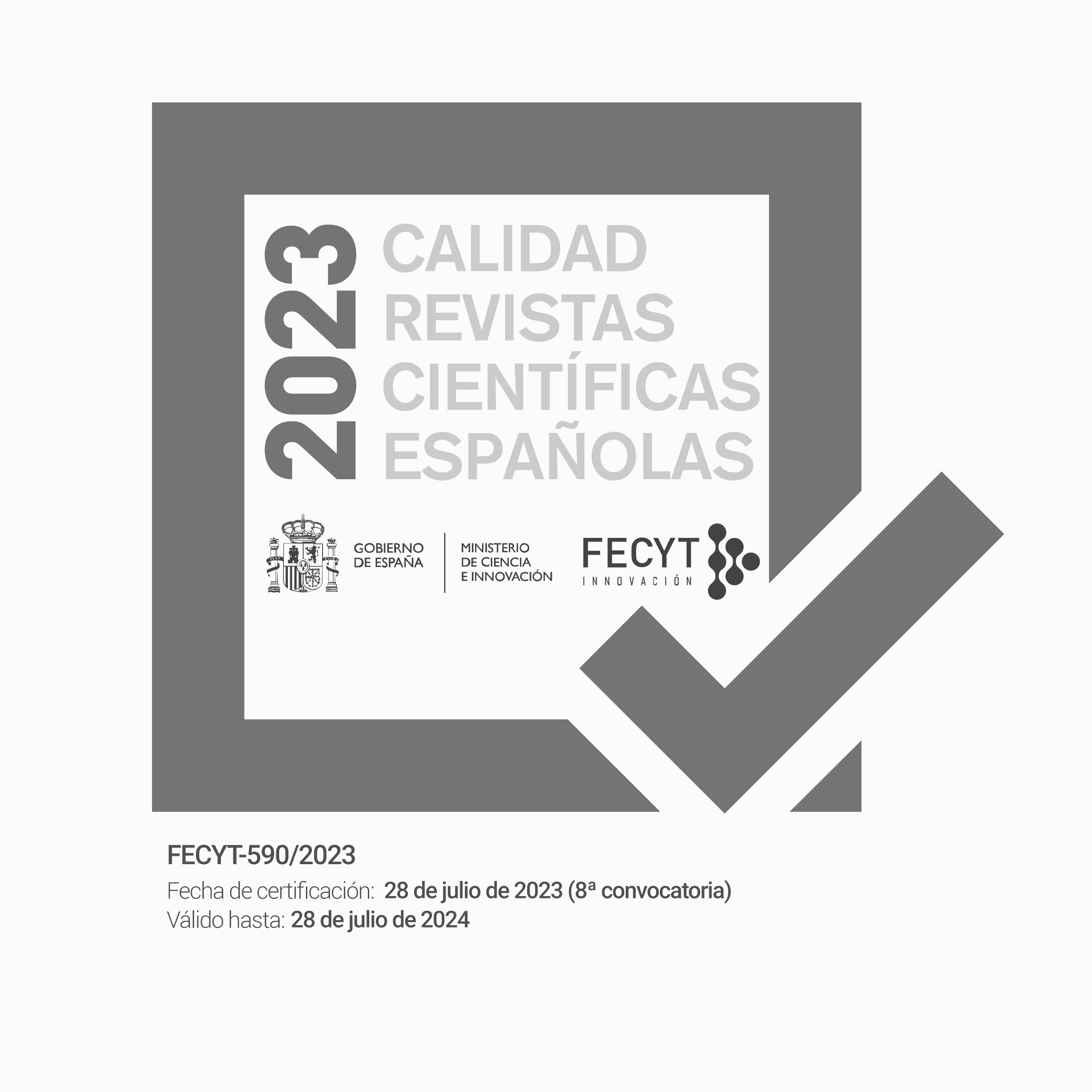Federalism, federations and confederations: towards hybridity
Abstract
The classical manner of distinguishing territorial governance systems of states is between confederations, federations and unitary states. This article argues that these distinctions do not adequately describe the complexity of contemporary political systems. It places the contemporary situation in the historical context of the development of the nation-state and how different traditions led to different forms of territorial organization primary federal or unitary. Today, however, both federal and unitary systems are marked by a complexity of arrangements with varying degrees of centralization and decentralization along different dimensions.
Confederations are not nation-states as such but groupings of nation-states. Within the nation-states themselves there is a tendency to combine both federal and unitary features thus blurring a clear-cut distinction. We have called this a situation of ‘hybridity’. This has implications for democratic organization and practice.
Downloads
Downloads
Published
How to Cite
Issue
Section
License
Without prejudice to the provisions of article 52 of Spanish Law 22/1987 of November 11 on Intellectual Property, BOE (official state bulletin) of November 17, 1987, and pursuant to said legislation, the author(s) surrender(s) free of charge its rights of edition, publication, distribution and sale of the article, for its publication in Debats. Journal on Culture, Power and Society.
Debats. Journal on Culture, Power and Society is published under the Creative Commons license system in accordance with the «Recognition - Non-Commercial (by-nc) modality: The generation of derivative works is permitted provided that commercial use is not made. Nor can the original work be used for commercial purposes».
Thus, when the author submits his/her contribution, he/she explicitly accepts this assignment of publishing and publishing rights. Authors also authorize Debats. Journal on Culture, Power and Society to include their work in an issue of the journal to be distributed and sold.











